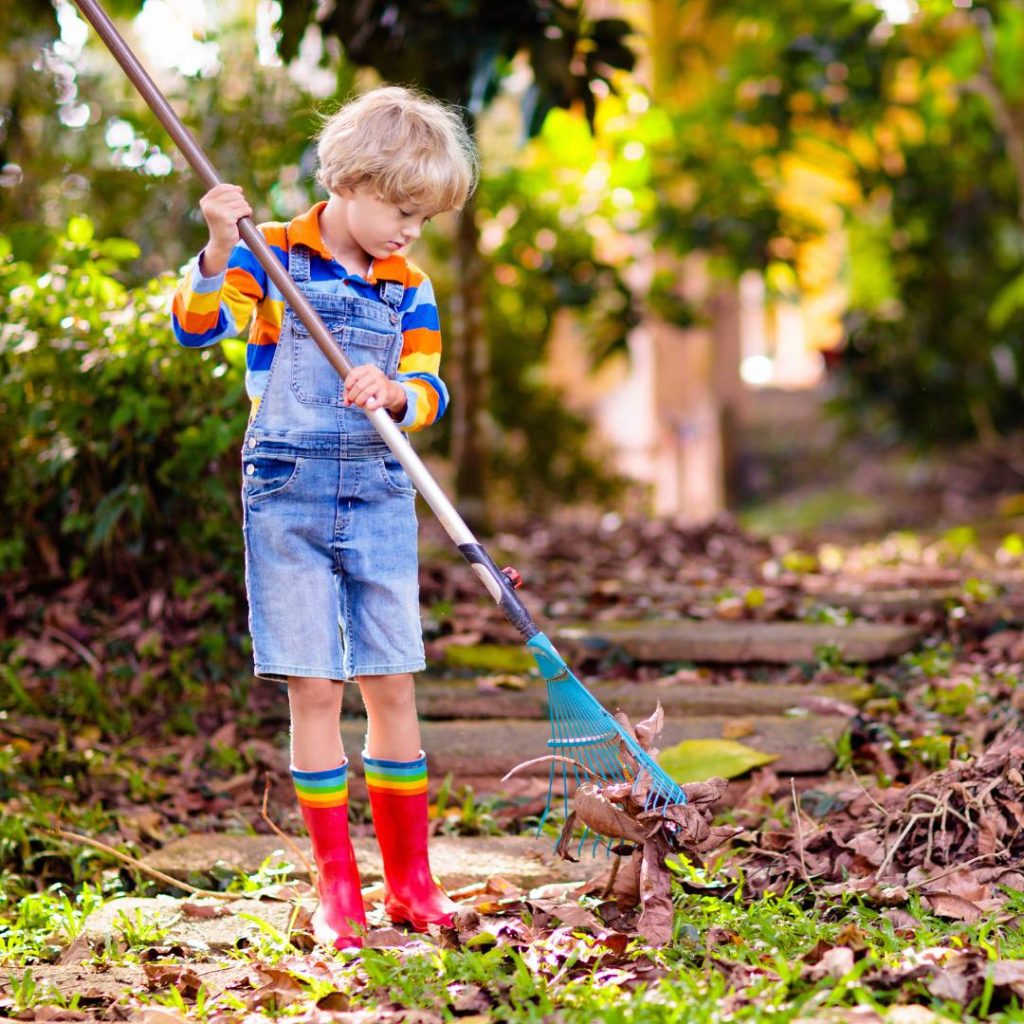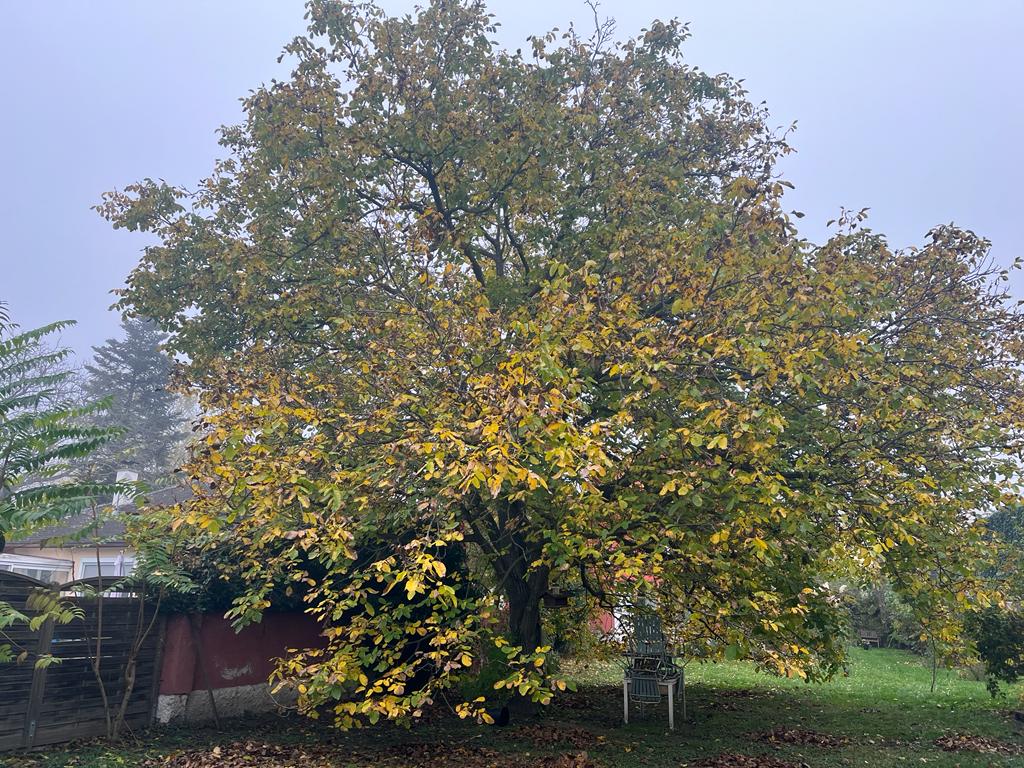What to do with the fall leaves?

The first leaves are falling to the ground. After we #Beetschwestern talked in the office today about what we're going to do with the vast amounts of leaves that are currently accumulating in our gardens over the coming days and weeks, we want to write about that today too.
Valuable raw material
In principle, leaves are a very valuable raw material for our near-natural gardens. The leaves are turned into compost in a very short time and help to improve soil quality by adding nutrients to the soil.
As a mulch layer, it helps to prevent dehydration and soil erosion and also serves as a water reservoir when it rains.
Furthermore, the leaf layer serves as a hibernation site and habitat for many small animals in general.
And humus binds CO2 from the air in our soil.
Where does it stay - where not?
But where should we leave the leaves and where should we rake them away? That kept us quite busy today.
Note: You can also catch it with the lawnmower, but that doesn't always work very well, as I noticed this weekend with the very dry leaves of our chestnut tree. The lawnmower shredded the leaves wonderfully, but due to their dry nature, most of them were blown out the side again instead of being caught in the grass bag ... At least they are shredded now. It was different with slightly moistened cherry leaves - these were taken along well and the shredded remains now serve as fertilizer for the meadow.
Here are our experiences in this regard:
- We remove all the leaves from the meadow so that the grass underneath does not "suffocate".
- We leave the leaves that have fallen on the beds under deciduous trees and shrubs and even add some.
- In principle, we cover all beds and all areas under trees and shrubs with leaves. This helps against the cold - for example in winters without snow - but also against drying out due to wind and lack of precipitation.
Nut leaves are special
 There is a huge, ancient walnut tree in one of our gardens - a real dream to look at and a real nightmare given the amount of nuts and leaves. But for some years now, Olga's most glorious nut schnapps has been made from it.
There is a huge, ancient walnut tree in one of our gardens - a real dream to look at and a real nightmare given the amount of nuts and leaves. But for some years now, Olga's most glorious nut schnapps has been made from it.
However, it takes many hours of work to rake up the leaves every year. For plants that like acidic soil - for example azaleas and rhododendrons - a layer of nut leaves in the fall is ideal! The rest of the leaves can be composted. But always mix thin layers of leaves with other compost material such as cardboard, other leaves or twigs to prevent brown sludge from forming in the compost heap.
Did you know that nut leaves are a traditional remedy? They are used, for example, against skin diseases They have an antibacterial effect and were once used to treat worm and parasite infestations. You can use them to treat acne and excessive perspiration by adding the leaves to a bath. Caution: It is also a natural dye!
Have fun with your fall gardens!






